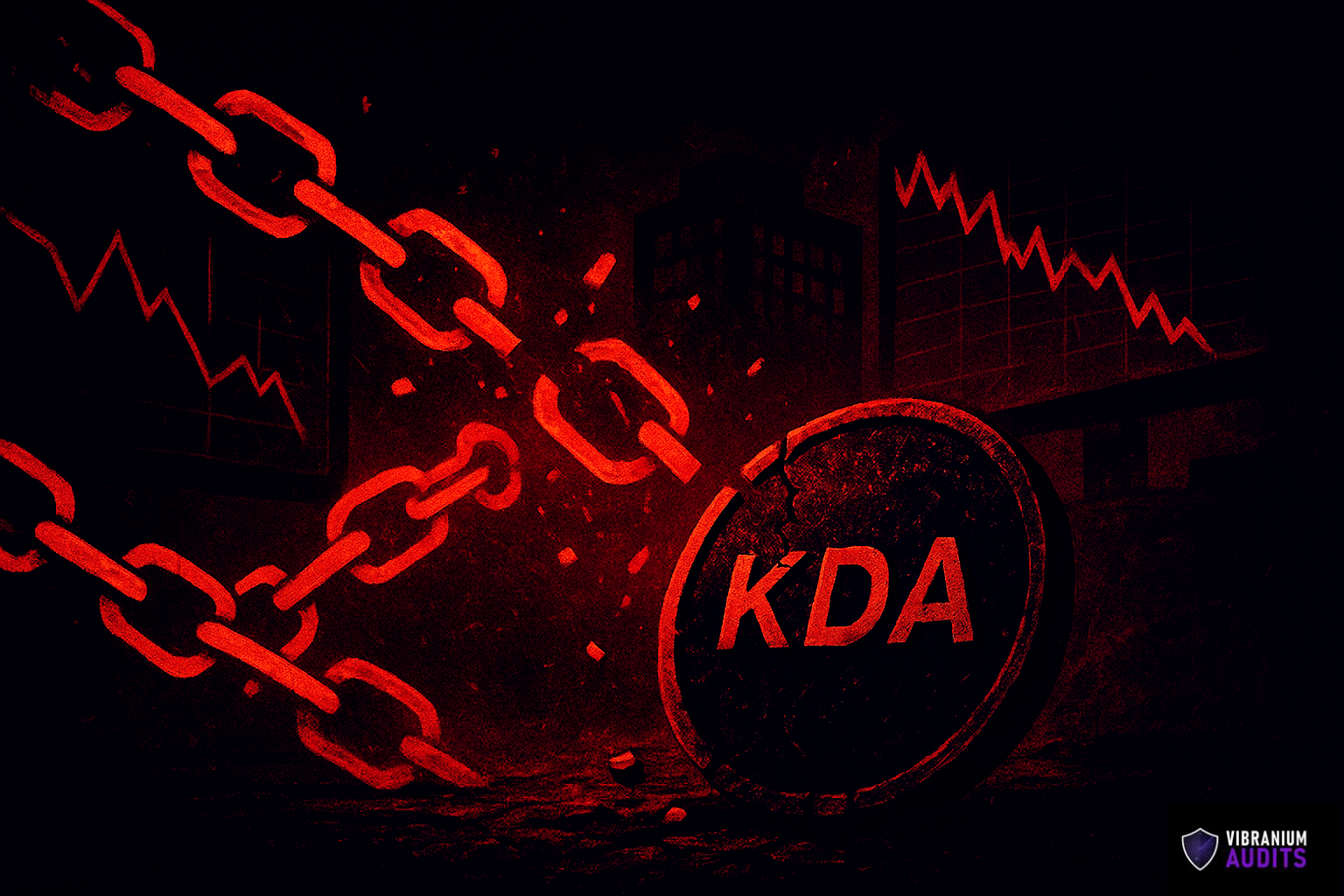Introduction
Blockchain is founded on cryptographic principles to create decentralized, trustless systems. This includes blockchain consensus mechanisms and digital signatures that verify transaction authenticity and integrity. And all these work without relying on centralized trust. Nonetheless, state proofs are an additional cryptographic tool that extends this concept. This is because they allow users to securely verify the current state of the blockchain.
What Is Blockchain State?
In blockchain, the "state" refers to the contents of its ledger. In the case of smart contract platforms like Ethereum, it is the the status of its virtual machine (VM) at any point in time. Transactions and executed instructions in the VM modify this state and create an ongoing record of the blockchain’s data.
What Is a State Proof?
A state proof records the current state of the blockchain and can be verified by anyone, enabling them to confirm that the blockchain is in a specific, correct state. They employ digital signatures to authenticate their data. Once a state proof is signed using a private key, anyone with the corresponding public key can validate it. This ensures that the proof is both authentic and unmodified.
How Do State Proofs Work?
State proofs are designed to be verifiable and resistant to tampering. They rely on two core components:
- Commitment Trees: Structures like Merkle trees summarize data efficiently while preserving integrity. Each transaction or data item is placed in a leaf node, and higher nodes summarize these values until a root value remains. This root serves as a compact and unique representation of the entire tree.
- Digital Signatures: These authenticate the data, proving that it was signed by the rightful party and hasn’t been altered. Only someone with the corresponding private key can generate the signature, adding a layer of trust.
Together, commitment trees and digital signatures create a secure summary of the blockchain’s state, providing both integrity and authenticity.
Applications of State Proofs in Blockchain
State proofs offer an authenticated summary of blockchain status. It is noteworthy that this is useful for a variety of applications within the blockchain ecosystem, some of which include:
- ZK-Rollups: Rollups, a Layer-2 scaling solution, aggregate transactions off-chain and submit a bundled proof of state changes to the main chain, enhancing blockchain performance.
- Smart Contract Integration with External Apps: State proofs can prove blockchain status to external systems, allowing smart contracts to interact with off-chain applications.
- Light Clients: Nodes that don’t track the entire blockchain can use state proofs to validate the blockchain’s current state without storing full transaction history.
- Cross-Chain Interoperability: State proofs enable blockchains to verify each other’s states, promoting secure cross-chain interactions.
- Trustless Interactions: Blockchain users rely on cryptographic algorithms rather than centralized authorities. State proofs help to strengthen this trustless model.
- Historical State Verification: When verifying the blockchain’s state at a specific time, state proofs provide evidence of accuracy even if reorgs occur in the ledger.
Conclusion
In blockchain, state proofs act as vital cryptographic tools that allow verifiable summaries of a blockchain’s current state. They ensure data integrity and authenticity while reinforcing blockchain’s core principles of transparency and decentralization. However, like all Blockchain security mechanisms, they must be implemented carefully to prevent vulnerabilities, as seen in high-profile incidents.
FAQs
1. What is a state proof in blockchain?
A state proof is a cryptographic record summarizing the current state of a blockchain at a given point in time. It allows anyone to verify that the blockchain’s state is accurate without the need for trust in a central authority.
2. How do state proofs improve security in blockchain?
State proofs use digital signatures and commitment trees to verify the authenticity and integrity of the blockchain’s state. This ensures that the data is not altered and allows trustless verification without relying on third parties.
3. Why are commitment trees used in state proofs?
Commitment trees, like Merkle trees, organize and summarize data efficiently by creating a hierarchical structure that validates data integrity. This provides a compact and secure way to verify large amounts of data using only the root of the tree.
4. How do digital signatures work in state proofs?
Digital signatures confirm that a state proof was created by an authorized entity. They use private keys for signing and public keys for verification, ensuring that data cannot be forged or modified once signed.










